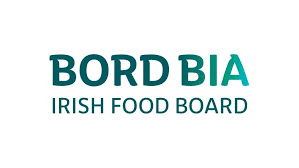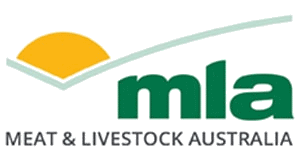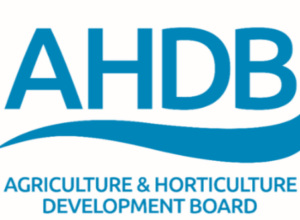Irish Sheep Trade & Prices Update
Lamb Market Update: Quotes, Prices, and Throughput
Quotes
Base quotes from the major processors have been falling for a number of weeks, however the week ending April 20th saw quotes take a big increase, with €8.50/kg for well finished lambs (+QA bonus) on offer. .
Relatively tight lamb supplies combined with some stability in demand from the domestic and export markets have contributed to this firming of the trade all of 2024. Tighter lamb supplies are also a feature in other key lamb producing regions of Europe and the UK with the latest Eurostat figures indicating a contraction in breeding flock numbers in many regions. The Irish ewe flock contracted by 3.7 per cent in the December 2023 census versus December 2022 levels. This decline in the ewe flock of 107,000 head is one factor contributing to the tightness in supplies.
Prices
Reported deadweight price for week ending April 20th increased by 2c/kg to €9.04/kg, reflective of an uplift for the past two weeks after a number of weeks of consecutive price drops recorded in average prices from the major lamb processors. In the corresponding week in 2024 the reported deadweight price was €8.68/kg. The deadweight trade has slightly improved across the UK regions for week ending April 12th. Reported lamb prices in mainland GB were the equivalent of €8.26/kg last week (-23c/kg) in Northern Ireland the latest prices for week ending April 20th 2025 was €8.10/kg.
Southern Hemisphere prices remain well below European prices however they have improved significantly over the last few weeks, narrowing the price differential with the EU. With a lead time on product shipments this recent improvement in deadweight prices should impact their competitiveness on EU markets in the medium to longer term. Prices this week took a slight increase and fall respectively and are at €4.56/kg and €4.50/kg for Australia and New Zealand.
Throughput
There was an increase in the total sheep kill in DAFM approved plants last week to 45,708 head, compared to 34,530 the same week in 2024. Tighter supplies has been a feature of the 2025 lamb season to date with a smaller lamb crop and a difficult lambing impacting lamb availability for processing. Total TYD slaughter is down 18% on 2024 to total 657,036 head.



